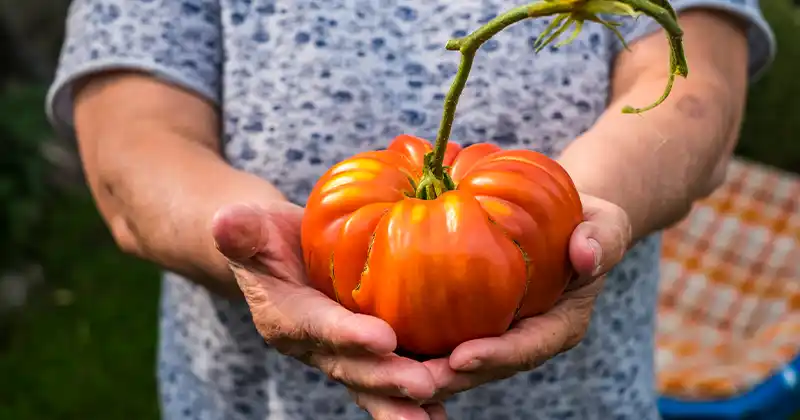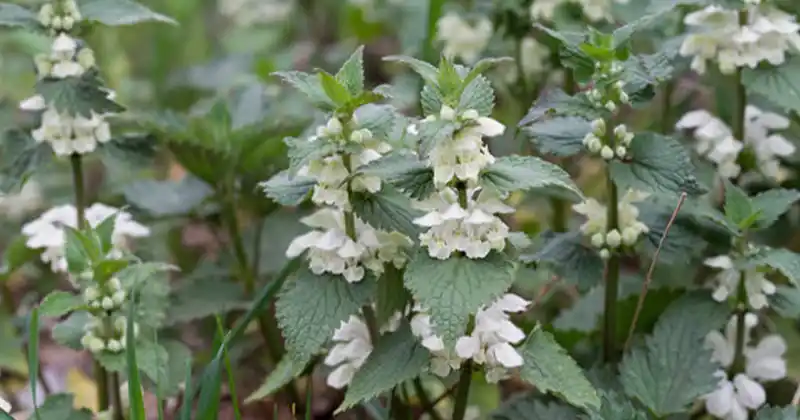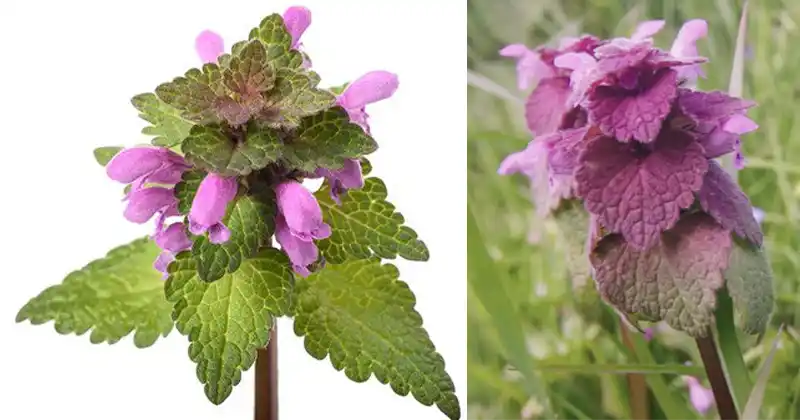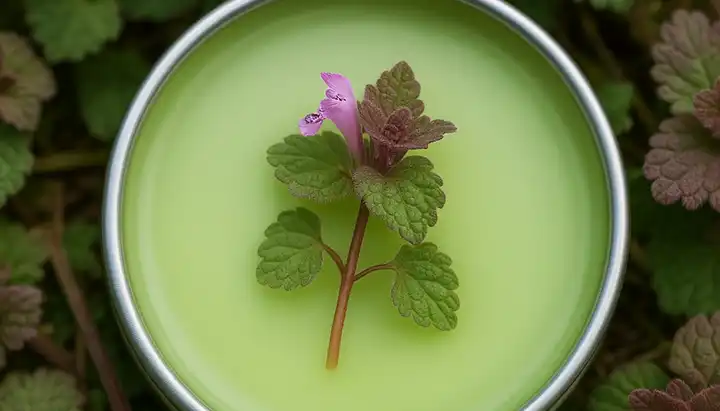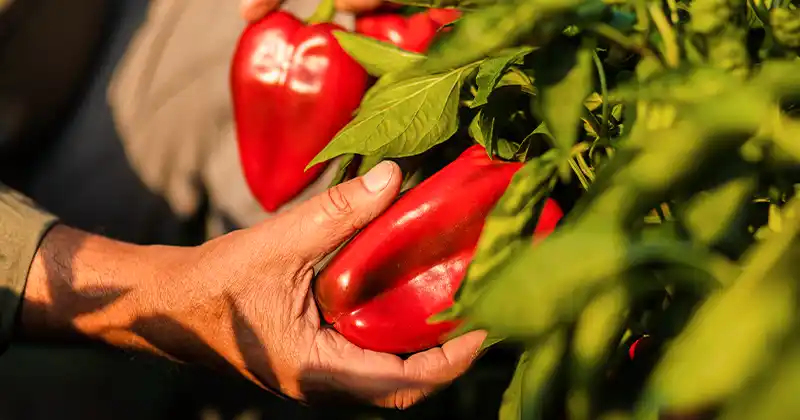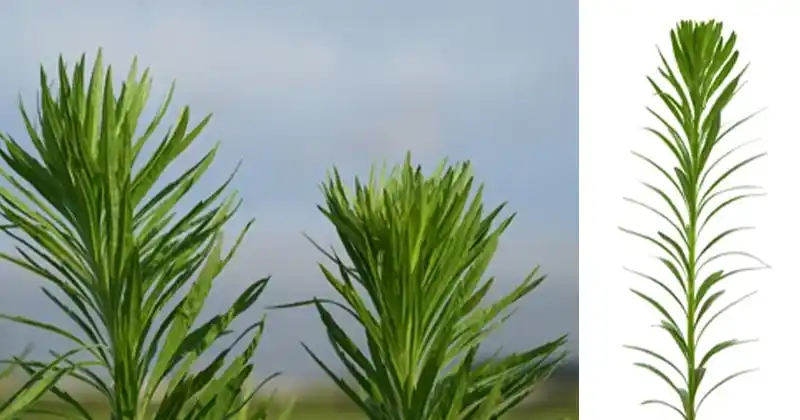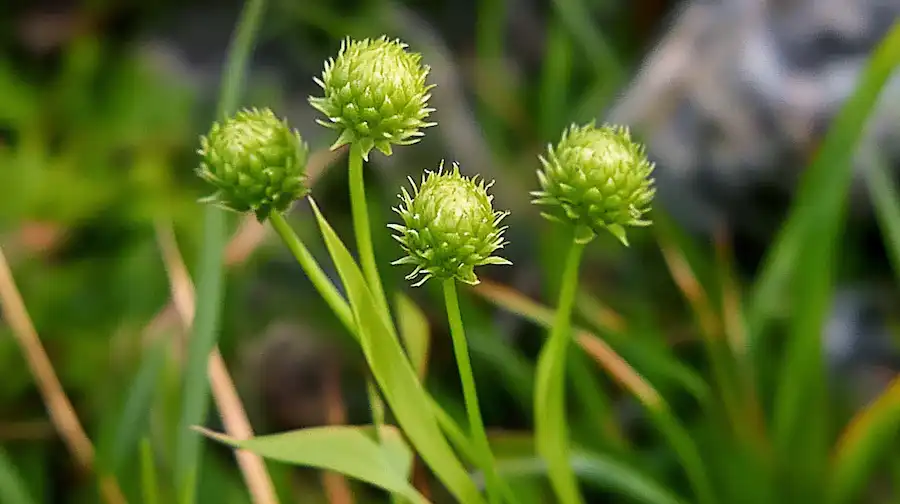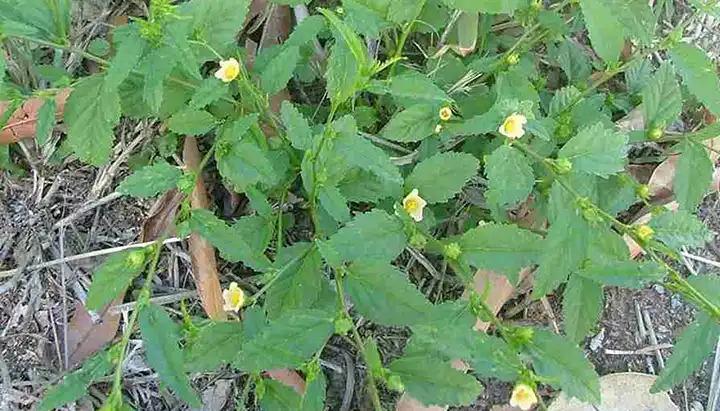Optimal Watering Techniques for a Bountiful Tomato Harvest
Watering is a critical aspect of gardening that can significantly influence the health and productivity of tomato plants. Proper hydration is essential for ensuring a robust harvest of juicy, flavorful tomatoes. This comprehensive guide will provide you with the best practices for watering tomato plants effectively, helping you maximize your yield and enjoy a successful growing season.
Understanding Tomato Watering Needs

Tomatoes require consistent moisture to grow effectively, but their exact water needs can vary based on several factors, including the environment, soil type, and stage of growth.
Key Watering Strategies for Tomato Plants
1. Check Soil Moisture Regularly
Technique: Before watering, check the soil moisture by inserting your finger about an inch into the soil. If it feels dry, it’s time to water; if it’s still moist, wait a day or two.
Benefits: This prevents overwatering and underwatering, both of which can stress the plants and affect fruit quality.
2. Water Deeply and Infrequently
Technique: Water your tomatoes deeply to encourage root systems to grow deeper into the soil, which helps the plants access moisture even during dry spells.
Frequency: Depending on the weather conditions, deep watering once or twice a week is typically sufficient.
Benefits: Deep watering helps establish a strong root system and improves the plant’s drought resistance.
3. Use Drip Irrigation or Soaker Hoses
Setup: Install a drip irrigation system or soaker hoses to deliver water directly to the base of the plant. This method reduces water waste and keeps the foliage dry.
Benefits: Drip irrigation provides consistent moisture, prevents soil compaction, and reduces the risk of diseases associated with high humidity around the plant’s base. Learn more about the benefits of grafting for healthier tomatoes.
4. Water in the Early Morning
Best Practice: Water your tomato plants early in the morning to allow any water that gets on the foliage to dry off throughout the day.
Benefits: This timing helps reduce the likelihood of fungal diseases, which are more prevalent when conditions are cool and damp. Discover an effective homemade spray for tomato plants to further protect your garden.
Adjusting Water Based on Plant Development Stage
Seedlings and Young Plants
Young plants require frequent, lighter watering because their root system is not yet deeply established.
Flowering and Fruit Development
As tomatoes begin to flower and fruit, increase the amount of water slightly to support fruit development, but always avoid waterlogging the soil.
Mature Plants
Mature tomato plants, especially those setting fruit, might need additional water. However, it’s important to reduce watering once the fruit begins to ripen to improve flavor. For more tips on harvesting, check out this guide on harvesting tomatoes for maximum flavor.

Tips for Ensuring Effective Watering
- Mulch Around the Plants: Apply a layer of organic mulch around your tomato plants to help retain soil moisture and regulate soil temperature.
- Monitor Weather Conditions: Adjust your watering schedule based on rainfall and temperature changes.
- Check for Signs of Stress: Keep an eye on your plants for signs of water stress, such as wilting leaves or fruit that cracks or splits.
Mastery Through Moisture
Mastering the art of watering is essential for growing healthy tomato plants and achieving a plentiful harvest. By implementing these strategic watering practices, you can ensure your tomatoes receive the right amount of moisture at the right time, leading to a successful and rewarding growing season.
